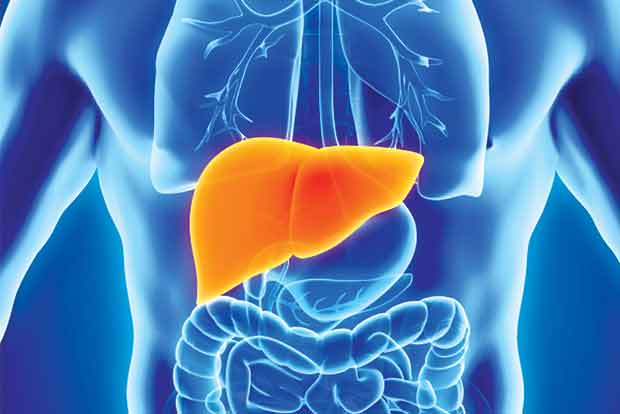SYDNEY: Researchers have discovered how fatty liver disease develops in lean people, aiding the development of potential treatments for these patients.
“Lean fatty liver patients have a very distinct metabolism compared to non-lean ones, which can explain some of the differences we see in disease progression,” said Jacob George, Professor at the Westmead Institute for Medical Research in Australia.
Fatty liver disease—a condition characterised by a build-up of fat in the liver— affects a quarter of the world’s population.
Although it commonly develops in overweight and obese people, many individuals with a Body Mass Index (BMI) of less than 25kg/m2 develop the disease and tend to have worse outcomes compared to obese patients.
During the study, researchers compared the metabolism, gut bacteria and genetic profiles of patients with lean and non-lean fatty liver disease to determine factors that contribute to disease development and progression.
Compared to non-lean patients, lean patients had higher levels of bile acids, which play a role in the digestion of fats, and a protein called fibroblast growth factor 19 (FGF19).
According to the study published in the Journal of Hepatology, Bile acids and FGF19 increase energy expenditure, which can explain why lean individuals with fatty liver disease stay lean.
This suggests that lean patients with a fatty liver may have an ‘obesity-resistant’ profile and better adaptation to an excess intake of calories.
“We also identified changes in particular gut bacteria and novel genes that can influence the development of fatty liver disease in lean patients. For example, we identified that a variant in the gene TM6SF2, previously linked to fatty liver disease, is more common in lean patients,” said co-lead researcher Mohammed Eslam.
Without treatment, fatty liver disease can result in liver scarring, liver cirrhosis and, in severe cases, liver failure.
“The metabolic adaptive mechanisms in lean fatty liver disease tend to be lost in the late stages of the disease. This could explain why these patients have worse disease outcomes compared to their obese counterparts,” Eslam said.
(Agencies)









Comment